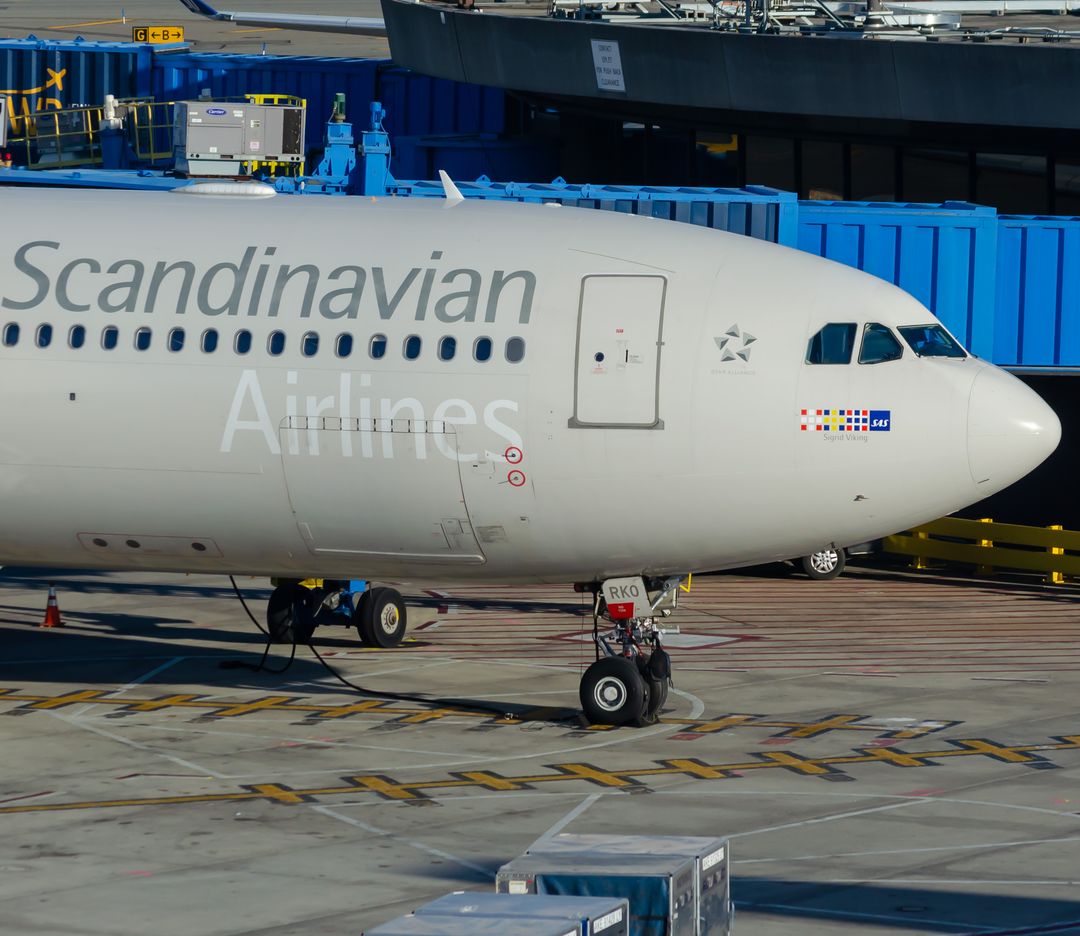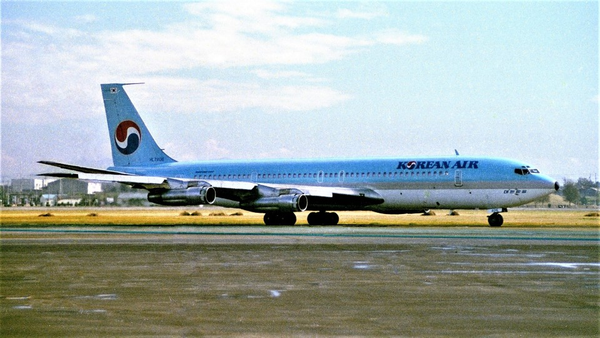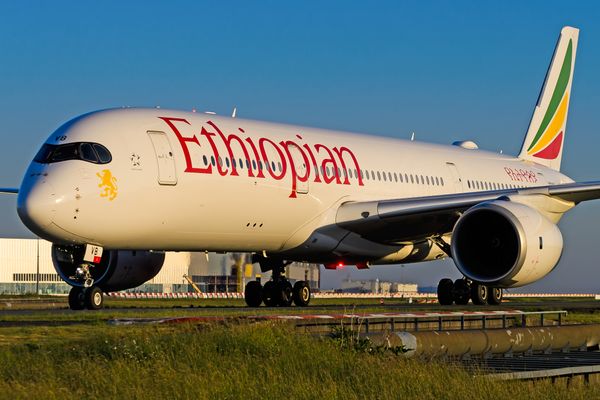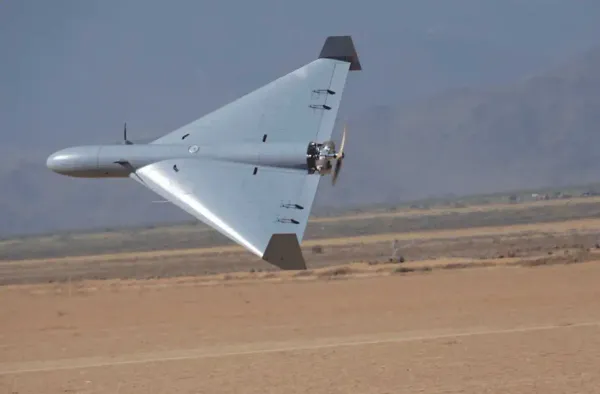On May 14th, 1997, five airlines formed a new airline network called “Star Alliance.” The alliance called itself “The Airline Network for Earth,” supported by these five airlines representing three different continents. These five founding members consisted of Air Canada, United Airlines, Lufthansa, Thai Airways, and Scandinavian Airlines.

SAS Exits the Alliance It Helped Create
Fast forward 27 years later, and Scandinavian Airlines has officially exited the alliance it helped create. Today, we will analyze the transition SAS has made from Star Alliance to SkyTeam and see what benefits it will bring for the carrier and its customers in the future.
SkyTeam Saves SAS
Last year, in October 2023, Scandinavian Airlines suddenly announced its imminent departure from Star Alliance. This move caught many by surprise, but the truth was that SAS had constantly been struggling financially. As part of SAS Group’s restructuring, the Government of Denmark, two investment firms, and Air France-KLM would become stakeholders in the group. Air France-KLM would control a 19.9% stake, and it was this move that hinted at Scandinavian Airlines coming closer to leaving Star Alliance.

Restructuring and Bankruptcy Approval
By March 2024, the U.S. Bankruptcy Court approved this new restructuring plan, eventually allowing SAS to exit Chapter 11 bankruptcy protection. By April 29th, SAS confirmed it would exit Star Alliance on August 31st and enter SkyTeam the following day. The European Commission approved the restructuring on June 28th.
SAS Joins SkyTeam: A New Era Begins
Now it’s early September, and Scandinavian Airlines has officially become a SkyTeam member, closing 27 years in the Star Alliance. With $1.2 billion in new investments, the airline has emerged from bankruptcy proceedings in what its CEO Anko van der Werff calls a “new era” for the airline. He noted that the carrier is in a much stronger position with lower debt and lower costs. July 2024 was the most profitable month in the airline’s history, very encouraging to hear for an airline that has struggled financially for many years.

Benefits for Loyal Customers
So now that SAS is part of SkyTeam, what does that mean for loyal customers who have flown the airline for many years and gained benefits with its Star Alliance partners? In official statements released by both SAS and SkyTeam, SAS EuroBonus members will immediately enjoy benefits across SkyTeam partner airlines with Silver members being recognized as SkyTeam Elite and Gold and Diamond members being Elite Plus. They will be able to access perks like airport lounges and SkyPriority services.
SAS Aligns with SkyTeam Partners
SAS joining SkyTeam now aligns with partner carriers like Delta, Air France, Aeromexico, KLM, Saudia, Korean Air, and so many others. Customers can benefit from easy connectivity across over 1,000 destinations worldwide.
Speculations on SAS’s New Route Strategy
Now speaking of destinations, a massive speculation when SAS announced its departure from Star Alliance was how it would shift its route network to reflect this change. When we look at the U.S., many speculated that SAS would likely cut services to large United Airlines hubs and then launch services to Delta hubs. Before leaving Star Alliance, SAS operated flights to the following U.S. airports: New York (JFK), Newark (EWR), Washington Dulles (IAD), Chicago O’Hare (ORD), San Francisco (SFO), Los Angeles (LAX), Miami (MIA), and Boston (BOS).

Current U.S. Routes and Future Possibilities
Five of these are official Star Alliance hub airports thanks to United Airlines, and two of them, Newark and Washington Dulles, are dominated by United and Star Alliance. SAS hasn’t cut any of these cities just yet, nor have they disclosed any plans to do so. However, SAS added a new U.S. destination back in June reflecting its eventual shift to SkyTeam. Service between Copenhagen and Atlanta launched on June 17th and has been running daily before eventually decreasing to five weekly flights in the winter.
Potential Shifts in U.S. Hub Alignments
Looking at the other U.S. destinations, JFK, LAX, and Boston are the only ones with large Delta presences. You could also argue Chicago O’Hare is up there too given Delta controls a significant part of Terminal 5 as well. Right now, it’s kind of hard to tell what SAS plans to do with its U.S. network. It’s possible that the carrier could leave Newark and shift its Oslo and Stockholm flights to JFK; however, this would be hard given how slot-restricted that airport is. And fun fact, Newark is SAS’ only U.S. gateway with service to all three hubs: Oslo, Copenhagen, and Stockholm. So while it would be unfortunate to see this end, it’s anyone’s guess what SAS will decide because staying in Star Alliance hubs like Newark and Dulles doesn’t seem like a great idea from a connectivity standpoint.
Future Expansion and New Route Opportunities
With SAS now joining SkyTeam, many are eager to see them expand their reach into the U.S. As far as widebody aircraft go, the carrier has one A330-300 and two A350-900s on order, so hopefully, the carrier could announce more U.S. routes and long-haul routes once these planes come in. Some cool examples could be relaunching service to Seattle and adding new service to Minneapolis and Detroit. Given Aeromexico is also a SkyTeam member, maybe we’ll see new service to Mexico City too, which would be great since SAS has never served Mexico before.

Connectivity Losses from Leaving Star Alliance
Now, SAS passengers have undoubtedly lost out on a decent amount of global connectivity with the carrier leaving Star Alliance. That’s because Star Alliance is home to global powerhouses like Turkish Airlines, which serves the most destinations of any airline, and Ethiopian Airlines, which continues to grow rapidly and has the largest network throughout Africa.
Focus on Financial Stability Over Connectivity
But of course, the main concern for SAS and its administration was the airline being in good financial health, and the move over to SkyTeam is giving them just that.
Air Canada Rouge to Launch Boeing 737 MAX 8 Operations » Direct Minsk-New York Flights? Belavia Weighs Transatlantic Return for 2026 » GlobalX Secures Rare Authorisation to Operate Intra-Canada Charter Flights »
Comments (0)
Add Your Comment
SHARE
TAGS
NEWS sas skyteamssas skyteamscandinavian airlinessas atlantasas star alliancesas a330asas a330sas a350RECENTLY PUBLISHED
 KAL858: The North Korean Bombing that Shocked the World
Among the 99 passengers boarding Korean Air Flight 858 on November 29, 1987, few could imagine their journey would end as one of aviation's darkest mysteries.
STORIES
READ MORE »
KAL858: The North Korean Bombing that Shocked the World
Among the 99 passengers boarding Korean Air Flight 858 on November 29, 1987, few could imagine their journey would end as one of aviation's darkest mysteries.
STORIES
READ MORE »
 Ghost Networks: The Rise, Fall, and Revival of Fifth-Freedom Flights
Fifth-freedom flights — routes where an airline flies between two countries outside its home base — have always lived in aviation's twilight zone. We chart their rise, their near-disappearance, and the surprising markets where they still thrive today. Then we take you on board a special Seoul-Tokyo fifth-freedom flight to show how the experience stacks up against a typical regional carrier.
TRIP REPORTS
READ MORE »
Ghost Networks: The Rise, Fall, and Revival of Fifth-Freedom Flights
Fifth-freedom flights — routes where an airline flies between two countries outside its home base — have always lived in aviation's twilight zone. We chart their rise, their near-disappearance, and the surprising markets where they still thrive today. Then we take you on board a special Seoul-Tokyo fifth-freedom flight to show how the experience stacks up against a typical regional carrier.
TRIP REPORTS
READ MORE »
 US Air Force to Launch New Experimental One-Way Attack Drone Unit
In a move that signals a tectonic shift in American airpower, the U.S. Air Force is preparing to stand up its first-ever experimental unit dedicated solely to "One-Way Attack" (OWA) drones.
NEWS
READ MORE »
US Air Force to Launch New Experimental One-Way Attack Drone Unit
In a move that signals a tectonic shift in American airpower, the U.S. Air Force is preparing to stand up its first-ever experimental unit dedicated solely to "One-Way Attack" (OWA) drones.
NEWS
READ MORE »



